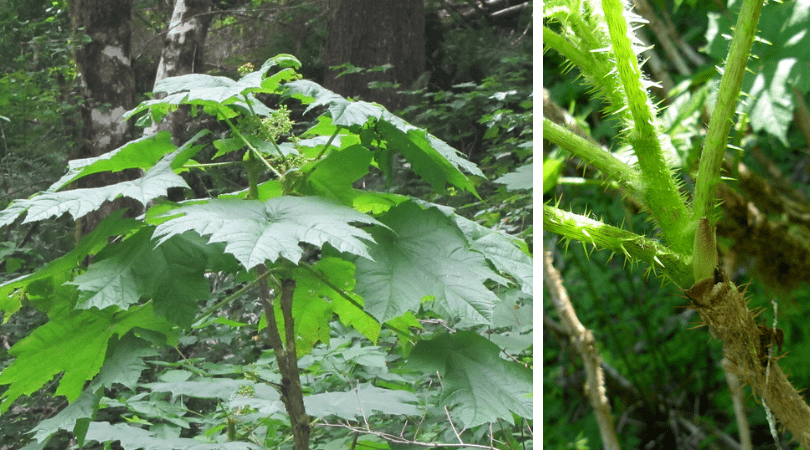
by Shadow Habitat | Oct 28, 2021 | Native plants
It’s not hard to imagine the origin of this plant’s namesake. Devil’s club is known for its aggressive spikes on thick yellowish stems. This Pacific Northwest native generally grows around 5 feet tall (1.5 meters), but in undisturbed areas, can reach...
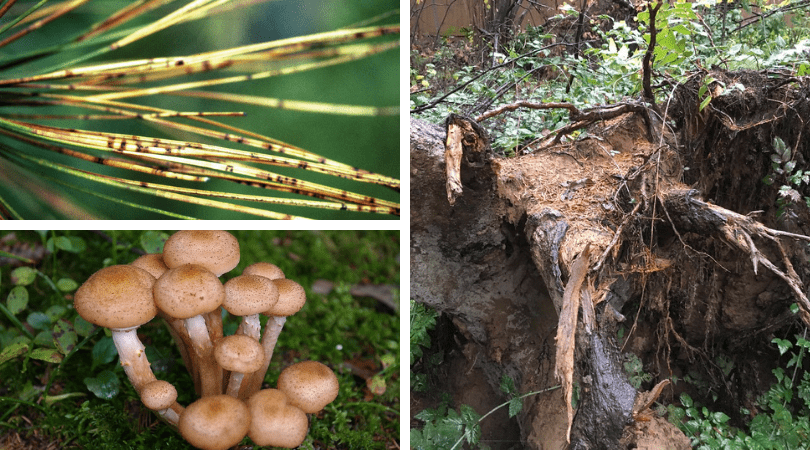
by Shadow Habitat | Sep 30, 2021 | Feature Articles
Known as the Evergreen State, Washington is replete with many different species of trees. There are also plenty of diseases that can harm them. The leaves, roots, or branches of various tree species can become infected with diseases that lead to wood decay, reduced...
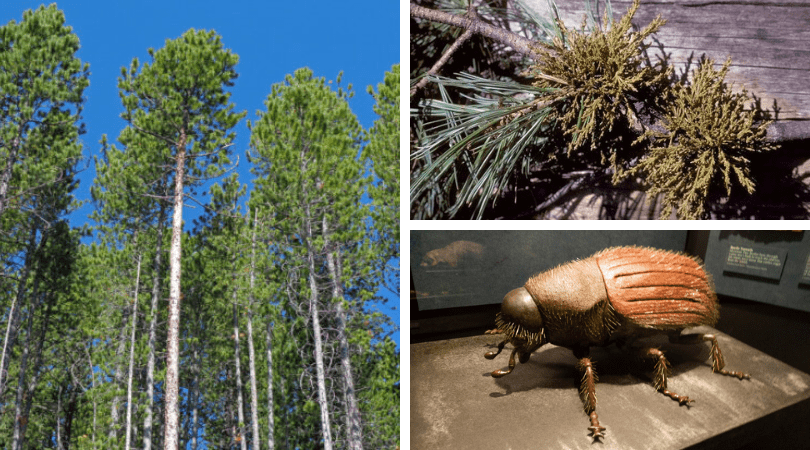
by Shadow Habitat | Sep 20, 2021 | Science Communications
Lodgepole pines grow abundantly throughout North America. Known for its straight, slender, and tall trunks, the lodgepole pine is commonly used to build lodges and cabins. Lodgepole pines are unique because they need fire to reproduce. They have serotinous cones or...

by Shadow Habitat | Sep 20, 2021 | Native animals
Bark BeetlesBark beetles are both friends and foes. They are native decomposers, pollinators, and food for wildlife in Washington state forests, but they also cause tree mortality which is exacerbated by climate change. Bark beetle species in Washington include red...
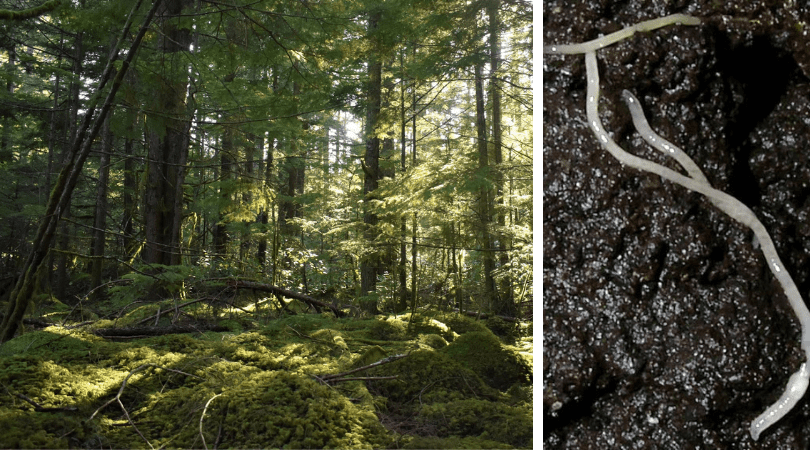
by Shadow Habitat | Aug 25, 2021 | Science Communications
SHADOW Lake Nature Preserve was featured in the Journal of Biodiversity Data in an article by Will K. Reeves, Jeremy R. Shaw, and Mark Wetzel all thanks to a worm that was found in Shadow Lake Bog. The potworm (Cognettia sphagnetorum) can be found in European...

by Shadow Habitat | Aug 20, 2021 | Native plants
Bog Laurel – Kalmia MicrophyllaBog laurel, also known as swamp laurel, is a short shrub with oppositely arranged, leathery, glossy leaves. Its stems stand erect, and its small, pink flowers are found in clusters. The fruit are woody capsules that have long...
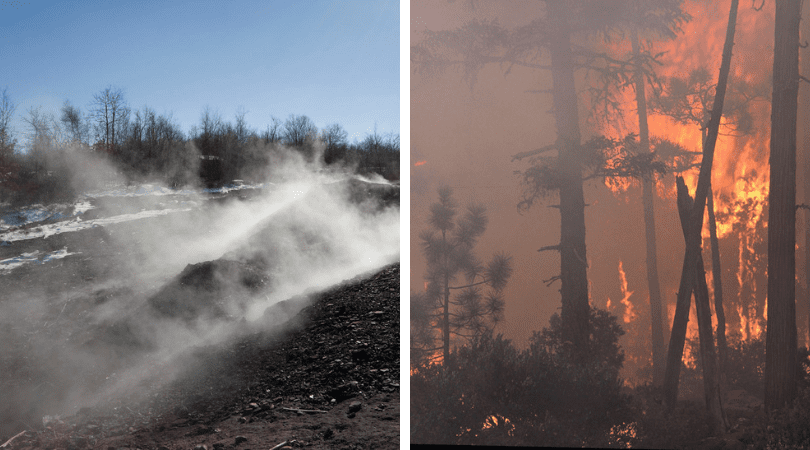
by Shadow Habitat | Jul 30, 2021 | Science Communications
Peatlands, like the Shadow Lake Bog, are the most carbon-dense ecosystems on the planet. Peat bogs not only store carbon from thousands of years of decomposing organic matter, but absorb carbon dioxide (CO2), including carbonproduced by human...

by Shadow Habitat | Jul 29, 2021 | Native animals
American Pika- Ochotona princepsThe American pika lives in high elevation, cool climate areas west of the Rocky Mountains including places like Mount Rainer National Park. Typically found above the tree line, they live on rock faces and cliffs near the...

by Shadow Habitat | Jul 28, 2021 | Feature Articles
The natural world is a fascinating place that sparks wonder and curiosities in all of us. As human beings, we are a part of the natural world and directly connect to it. But there is a disconnect between our society and the outdoors, and it is predicted to only grow...
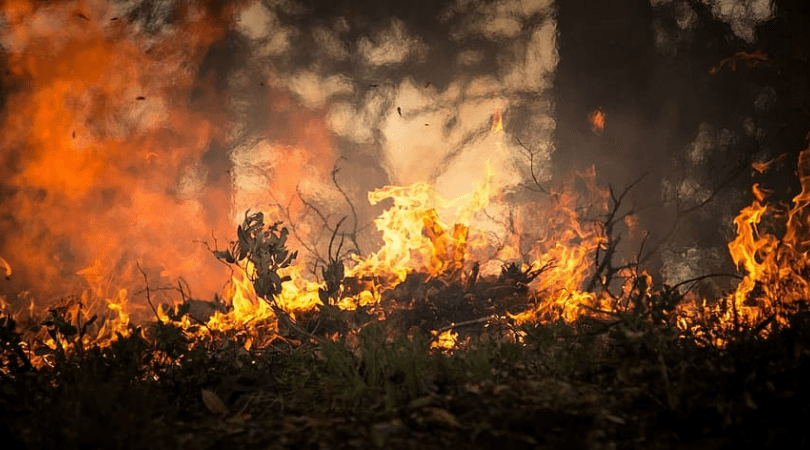
by Shadow Habitat | Jul 25, 2021 | Feature Articles
Over the past few years, springs and summers in Washington have been replete with wildfires and the consequences have been nothing short of disastrous. By September in 2020, not only did fires burn over 626,982 acres and destroy 181 homes, but the University of...













Recent Comments